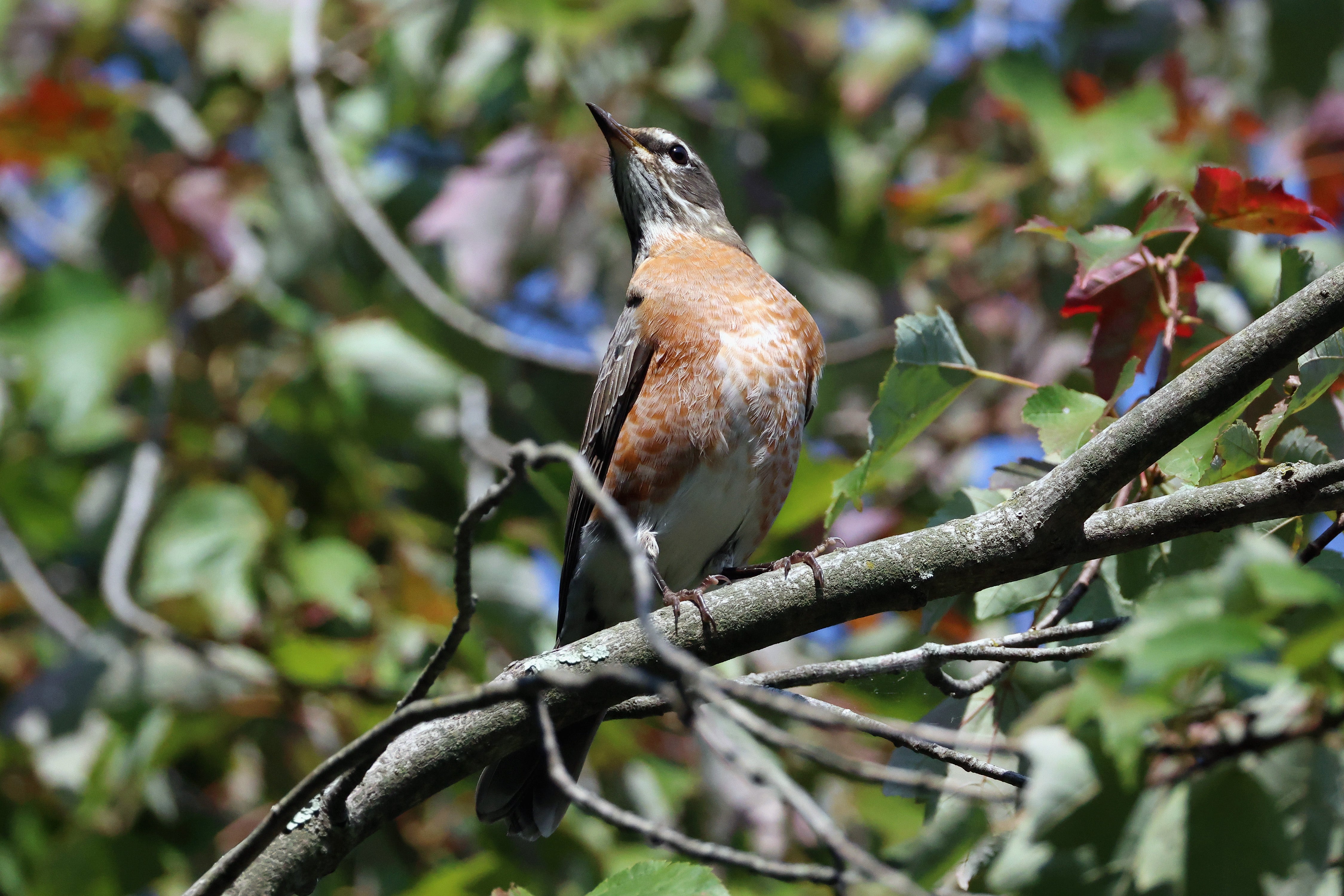Archaeologists uncover fast food ancient Romans frequently snacked on
Mallorca excavations suggest ancient fast-food shops followed ‘standardised approach’ to cook birds
Commoners in the Roman Empire frequently snacked on inexpensive fried songbirds at roadside shops, archaeologists said after analysing an ancient trash pit in Spain.
Such fast-food joints, known as popinae and tabernae, frequently served fried small thrushes, once considered a luxury dish, according to a new study published in the International Journal of Osteoarchaeology.
Researchers analysed animal bones found at a cesspit in the ancient Spanish city of Pollentia and dated to between the first century BC and the first century AD.
During this time, the ancient city expanded quickly to become an active port with a forum, temples, cemeteries, and several roadside shops called popina serving snacks and wine.
Archaeologists excavated a trash pit at a commercial area linked to a forum and a network of food shops via underground drainage.
The cesspit was found to include remains of mammals, fish, reptiles, and birds, of which thrushes were “most abundant”, researchers said.
They found 165 thrush bones, challenging the previous belief that such songbirds were mainly eaten by wealthier Romans.

“Classical sources frequently describe these small birds as a delicacy served in elite banquets, often prepared with elaborate culinary techniques,” scientists wrote.
Some ancient texts, including ones written by Pliny the Elder, described fattening songbirds with figs before roasting them with different sauces.
The new find provides valuable insights into the preparation and consumption of these small birds.
Researchers found signs that the bird sternum was removed to flatten it before cooking in oil at these fast-food shops.
In comparison, bird remains found near ancient household settings typically included more complete carcasses.

“The removal of the sternum to flatten the birds would have facilitated rapid cooking while maintaining meat moisture, making it especially suitable for busy food vendors serving immediate consumption needs,” scientists wrote.
“Given that Roman culinary practices often involved frying small birds in oil rather than grilling, it is plausible that at Pollentia, thrushes were not grilled but rather pan-fried, as suggested by historical recipes.”
The latest evidence also suggests food shops followed a “standardised approach” optimised for commercial food service.
“This evidence suggests that thrushes were commonly sold and consumed in Roman urban spaces, challenging the prevailing notion based on written sources that thrushes were exclusively a luxury food item for elite banquets,” researchers wrote.
“Furthermore, their seasonal availability suggests that urban vendors capitalised on migratory cycles to enhance food diversity and economic stability.”
Join our commenting forum
Join thought-provoking conversations, follow other Independent readers and see their replies
Comments
Bookmark popover
Removed from bookmarks